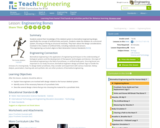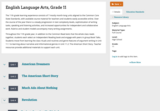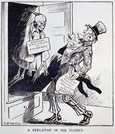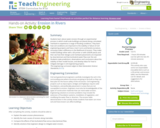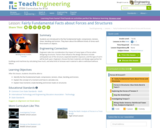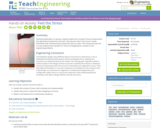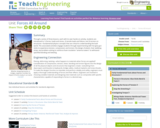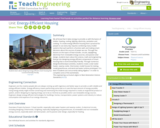
We all know that it takes energy to provide us with the basics of shelter: heating, cooling, lighting, electricity, sanitation and cooking. To create energy-efficient housing that is practical for people to use every day requires combining many smaller systems that each perform a function well, and making smart decisions about the sources of power we use. Through five lessons on the topics of heat transfer, circuits, daylighting, electricity from renewable energy sources, and passive solar design, students learn about the science, math and engineering that go into designing energy-efficient components of smart housing that is environmentally friendly. Through numerous design/build/analyze activities, students create a solar water heater, swamp cooler, thermostat, model houses for testing, model greenhouse, and wind and water turbine prototypes. It is best if students are concurrently taking Algebra 1 in order to complete some of the worksheets.
- Subject:
- Architecture and Design
- Arts
- Engineering
- Science
- Material Type:
- Full Course
- Provider:
- TeachEngineering
- Provider Set:
- TeachEngineering
- Date Added:
- 10/14/2015
